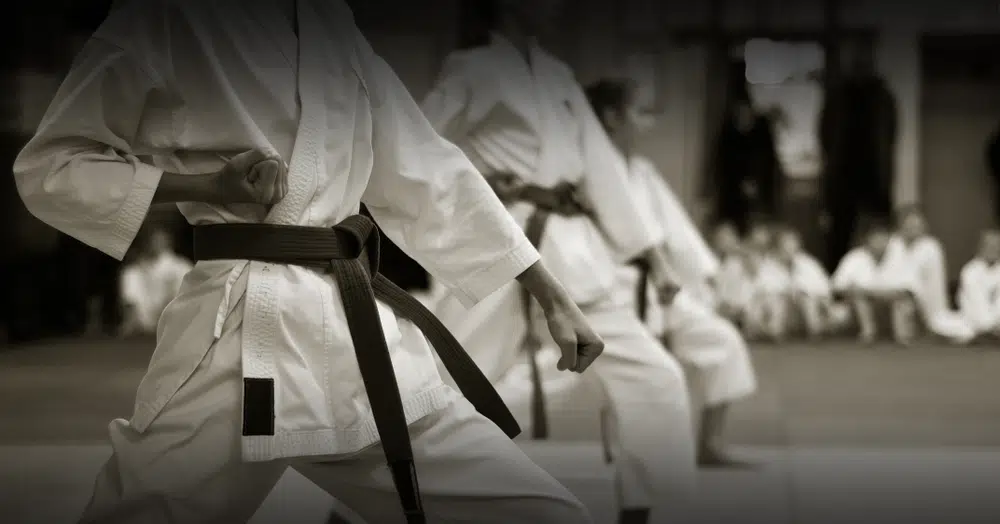
A Black Belt Does Not Mean Mastery
Featured in Ripley's Believe It or Not!

While obtaining a black belt in the martial arts is a huge accomplishment, the recipient is not a master of the art. In fact, the rank is just the beginning of the journey towards mastery.
In many styles of martial arts, it takes four to five years to obtain the rank of black belt, which in Japanese is called “shodan.” This translates to “first step.”






